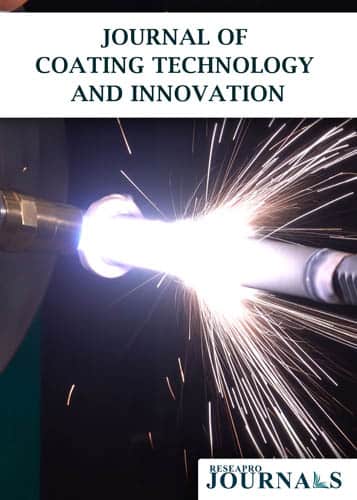
Journal of Coating Technology and Innovation
OPEN ACCESS
ISSN: 3048-5193

OPEN ACCESS
ISSN: 3048-5193

The domains of thermal spray, additive manufacturing, and space propulsion have all shown a great deal of interest in cold spray technology. It entails using supersonic gas jets to deposit powders below their melting points. This method has several uses, ranging from coatings to part repair and material property enhancement. The two main varieties, High-Pressure Cold Spray (HPCS) and Low-Pressure Cold Spray (LPCS), each have their own benefits and have sparked advancements in the industry. The goal of this study is to present a thorough overview of cold spray technology, covering its development over time, underlying principles, and industrial uses. A significant factor in the development of cold spray technology and its subsequent widespread use across a range of industries was the National Center for Manufacturing Sciences (NCMS) in the United States. Many benefits come with cold spraying, including material properties preservation, near-wrought properties, and a wide range of material applications. Repairing military hardware, building rocket engine parts, and creating lightweight combustion chambers for space travel are examples of successful applications. In conclusion, cold spray technology is still developing and becoming more well-known, demonstrating its potential to lead to revolutionary breakthroughs in both space exploration and manufacturing.